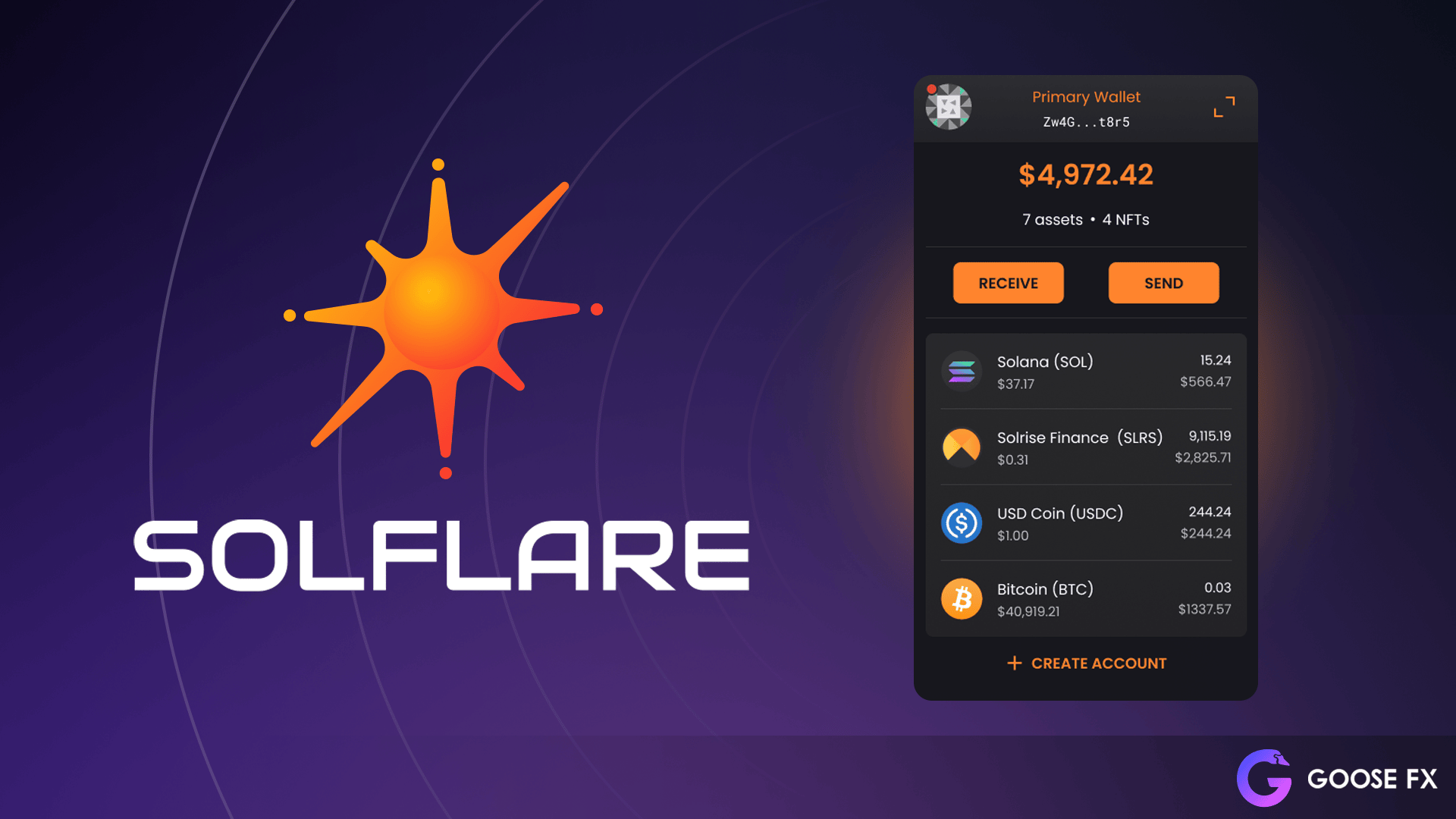Okay, so check this out—I’ve been messing around with Solana wallets for a minute now, and honestly, not all apps feel equally smooth or secure. The Solflare mobile app grabbed my attention pretty fast. It’s weird when an app just clicks the way it handles NFTs and staking, especially on Solana where things can get kinda tricky.
At first glance, I thought, “Great, another wallet.” But then, the way Solflare manages NFT collections on mobile actually surprised me. It’s kinda slick, almost like it was designed by people who actually use Solana daily and get what’s important.
Why does that matter? Well, because a lot of wallet apps out there make you jump through hoops to just see your NFTs or stake tokens. Solflare doesn’t. It feels like they thought through real user flows—no fluff, no distractions.
Seriously, if you’re into staking or diving deep into DeFi on Solana, having a wallet that’s both secure and user-friendly is huge. And it’s not just about the flashy interface; it’s the behind-the-scenes security protocols that give me some peace of mind.
Hmm… Something felt off about other wallets that claim “security” but then push you to external sites or complicated key recovery steps. Solflare keeps it neat and contained, which, for me, is very very important.

Now, here’s the thing: managing NFTs on mobile can be a pain. I mean, a real headache. But with Solflare, the app categorizes and displays your NFTs in a way that’s intuitive, even if you’re juggling a dozen collections.
On one hand, some wallets just show a raw list with little info—that bugs me. On the other hand, Solflare adds metadata and previews without slowing things down. Actually, wait—let me rephrase that—it balances detail and performance pretty well, which isn’t easy on mobile.
One minor gripe? Occasionally, the app takes a sec longer when syncing large collections. But it’s not a dealbreaker. Plus, the team seems pretty responsive, so I’m guessing updates will smooth that out.
Oh, and by the way, setting up staking through the app felt surprisingly straightforward. I was expecting a labyrinth of menus, but nope. Just a few taps and confirmations.
My instinct said, “This is made for people who want to get things done without jumping through hoops.” And for the Solana ecosystem, that’s a breath of fresh air.
Getting Started and Where to Find It
Alright, if you’re wondering how to get your hands on this, the solflare wallet download page is the official spot. It’s straightforward and safe, which matters because you really don’t want to risk getting a shady version.
From my experience, the installation is smooth, and setup guides are clear without being overwhelming. I mean, crypto stuff can get technical fast, so having a wallet that doesn’t assume you’re a developer is kinda nice.
That said, I’m biased—I prefer wallets that don’t shove advanced features in my face before I’m ready. Solflare respects that balance. You can dig deep into staking and DeFi protocols when you want, but also just casually check your NFT gallery without stress.
Something else that caught my eye: the integration with Solana’s native programs. It feels like Solflare is tightly woven into the ecosystem, which usually means fewer bugs and better support. Not always the case with third-party apps.
Seriously, for mobile users, this kind of integration is gold because it reduces the chance of errors or lost transactions, which, let’s be honest, can be a nightmare.
Why Mobile NFT Management Matters More Than You Think
Here’s a thought—NFTs are more than just digital collectibles; they’re becoming part of how we interact online, especially in gaming and social spaces. Managing them on the go isn’t just a convenience; it’s starting to be essential.
I’m not 100% sure where this will lead, but wallets that nail mobile NFT experiences could set the pace for the whole market. Solflare seems to be jumping on that early, and that’s exciting.
At the same time, I can’t shake the feeling that some users might underestimate the security risks of mobile wallets. I mean, phones get lost, hacked, or stolen. Solflare uses some solid encryption and recovery options, but it’s always a gamble.
On top of that, the app’s UI nudges you toward best practices without being preachy, which is refreshing. It’s like having a crypto-savvy friend who reminds you to double-check addresses and backup keys.
Really, that balance between user-friendly and security-focused is tough. Many apps lean too hard one way or the other. Solflare walks that tightrope pretty well.
Okay, I gotta admit—there are moments when I miss the desktop’s bigger screen for more detailed DeFi dashboards. But for quick NFT checks or staking while waiting in line at the coffee shop? The mobile app shines.
Check this out—if you’re already deep into Solana’s world, this app feels like the natural extension of your wallet, not some clunky add-on.
Frequently Asked Questions
Is Solflare mobile app safe for storing large amounts of SOL and NFTs?
While no wallet is 100% risk-free, Solflare employs strong encryption and integrates securely with Solana’s protocols. For large holdings, it’s wise to combine it with hardware wallets or multi-sig setups. Still, for everyday use and moderate staking, it’s quite reliable.
Can I stake SOL directly through the Solflare mobile app?
Yes! The app supports staking SOL with just a few taps, allowing you to delegate to validators without leaving the app. It simplifies what used to be a somewhat technical process.
How does Solflare handle NFT management on mobile?
It categorizes NFTs neatly and displays metadata and previews, making browsing your collections easy and visually appealing, even when you have many tokens.

